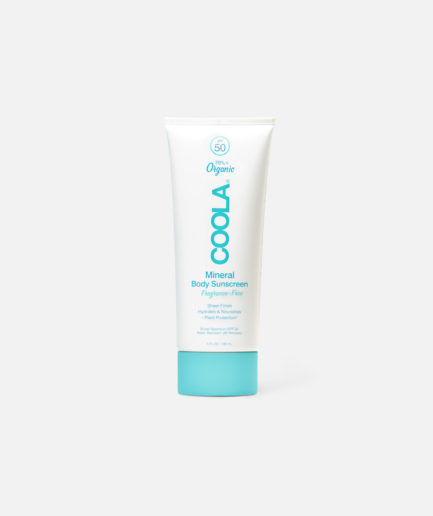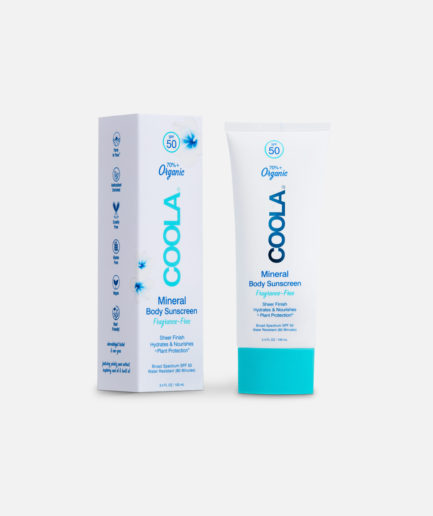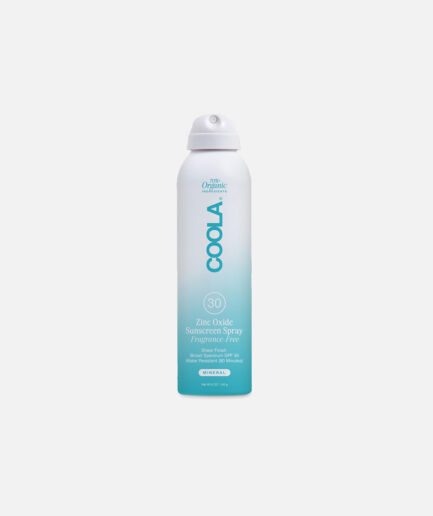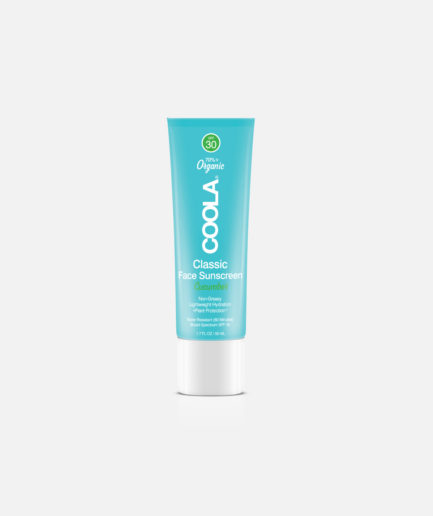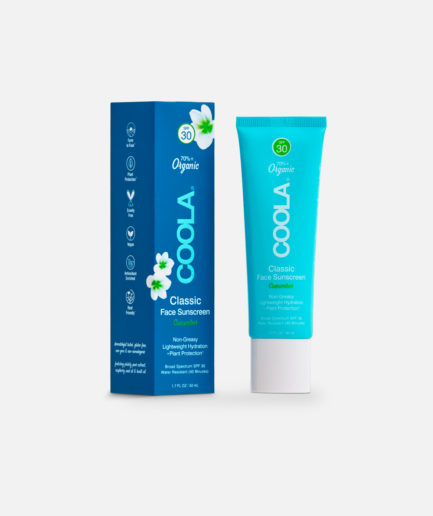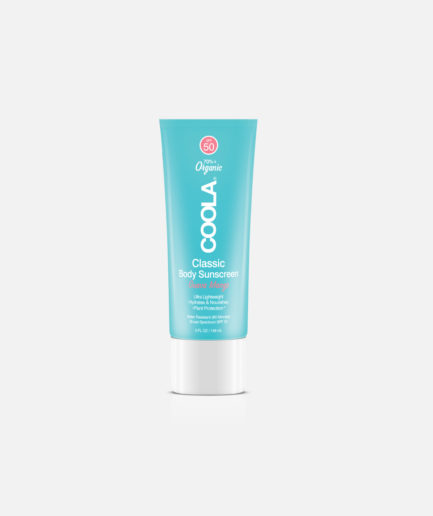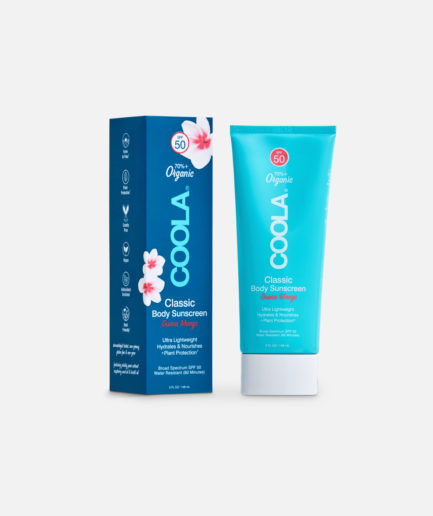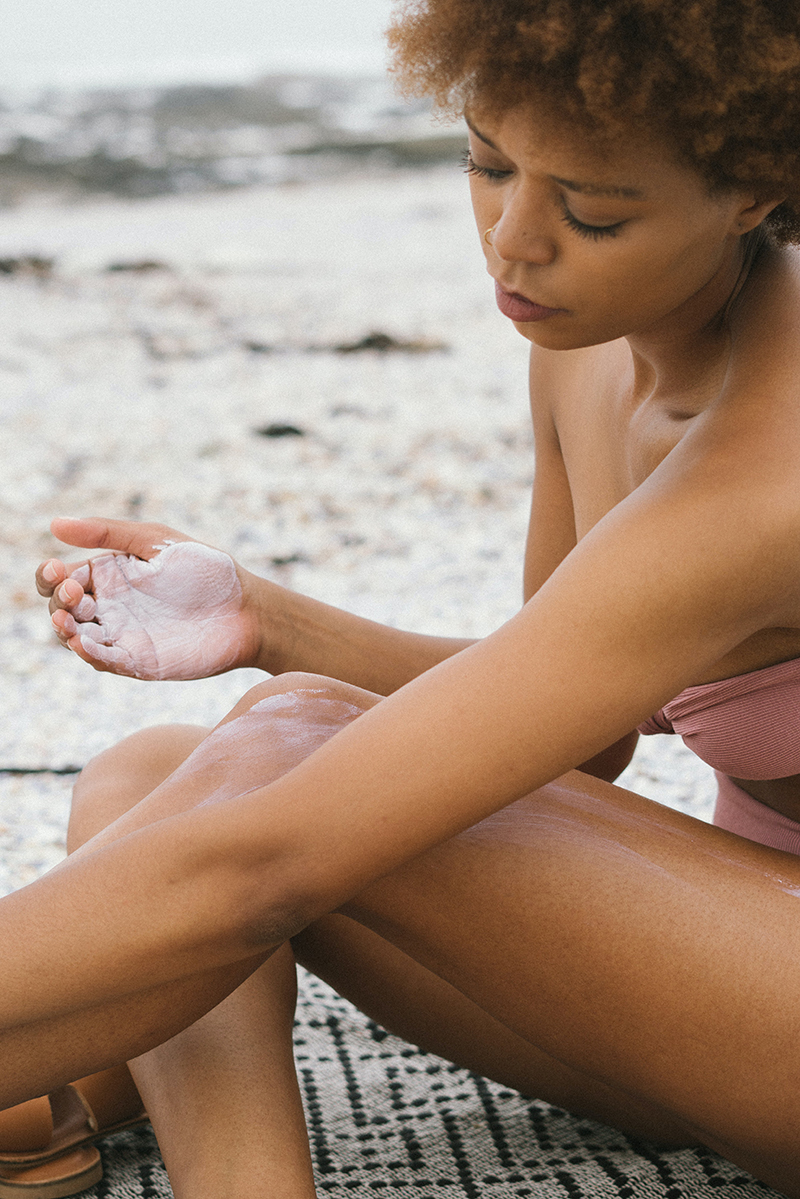
HERE ARE THE KEY DIFFERENCES YOU NEED TO KNOW BEFORE YOU ADD TO CART
Finding the right sunscreen is kind of like dating… You may need to wade through a few duds before you land your perfect match or, if you’re lucky, it might just be love at first sight. For most of us, there will likely be a fair few awkward follow-up dates to really see if there’s potential, but at the end of the day, there’s no point settling for second best, is there?
Whether you opt for a chemical sunscreen or a more natural physical / mineral block, the best sunscreen for you is ALWAYS going to be the one you want to wear every day. And with countless lotions, sprays, balms and gels all vying for our attention this summer, it’s important to know a few basics before you buy. Here, we’ll focus on the important differences between chemical and mineral sunscreens so you can make an informed decision.
CHEMICAL VS MINERAL PROTECTION
The most common type of sunscreen on the market today (and since day one, really) is a chemical block. This formulation combats UV radiation (UVA – the ageing rays, and UVB – the burning rays) by absorbing them before they enter the skin, breaking them down and converting them to heat energy. A chemical sunscreen tends to take around 20-30 minutes to be effective after application, so will need to be reapplied around the same amount of time before its protection is due to wear off, too.
A physical / mineral sunscreen on the other hand, offers immediate UV protection as it works by reflecting and scattering UV radiation, rather than absorbing it. Its active ingredients (most commonly zinc oxide and / or titanium dioxide) are essentially acting as a shield for your skin, repelling UV rays before they can do any damage. Regardless of which option you choose, always check that your sunscreen provides broad spectrum UVA and UVB protection and be aware of how often you’ll need to reapply, especially when swimming or sweating.
When choosing a chemical sunscreen, be sure to check that you’re selecting a formula that’s reef safe to help minimise damage to our precious oceans and coral reefs. Chemicals including oxybenzone and octinoxate have been found to cause coral bleaching and genetic damage to coral and other marine life and were outlawed in Hawaii in 2018 – making it the first US state to ban the sale of any sunscreen containing these chemicals.
A chemical sunscreen tends to take around 20-30 minutes to be effective after application, so will need to be reapplied around the same amount of time before its protection is due to wear off, too.
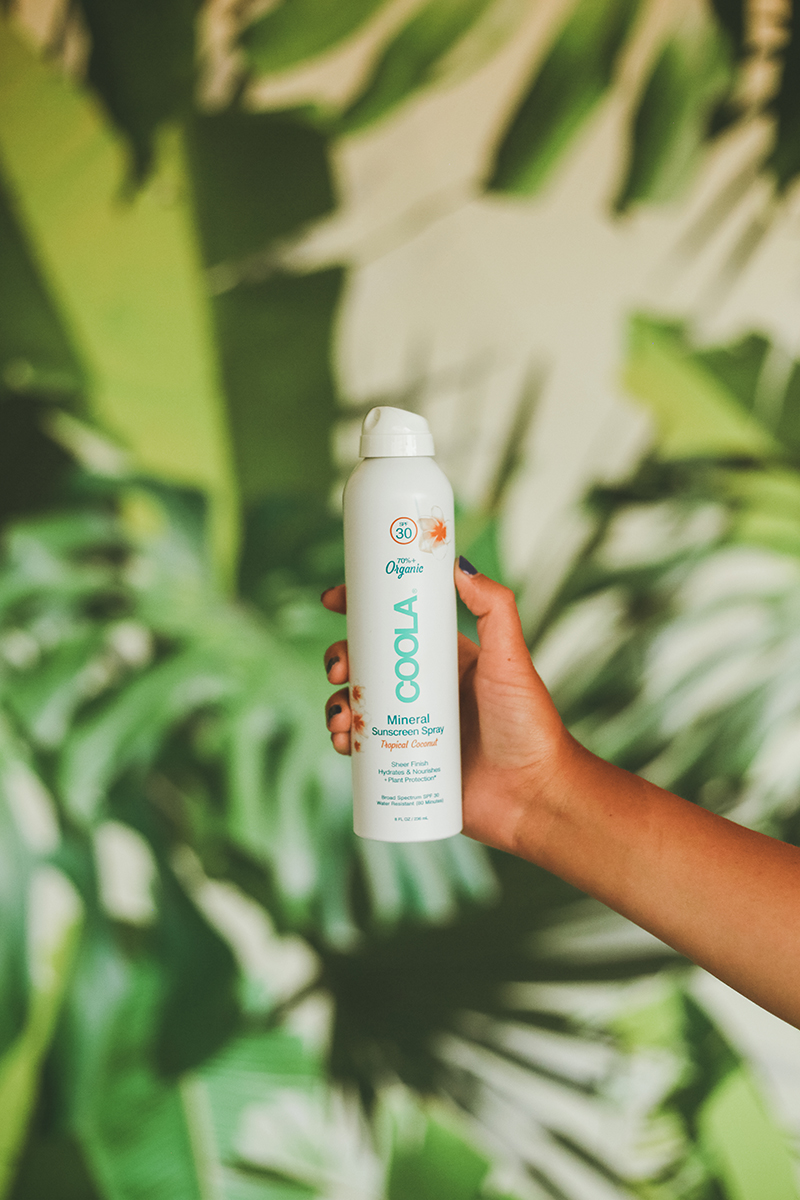

CHEMICAL VS MINERAL APPLICATION
When using a mineral block as part of your skincare routine it should be applied as the last step – ie. after your serum / moisturiser and before your makeup. If you have sensitive skin or are prone to hyperpigmentation a mineral sunscreen is a worthwhile option since this type of formula tends to contain less inflammatory ingredients therefore reducing the likelihood of a reaction. It also won’t trigger heat-induced pigmentation like a chemical sunscreen can, and is the best choice following facial treatments such as laser, IPL and peels.
If you’re using a chemical sunscreen on your face, make this the first step in your skincare routine by applying to clean skin to help maximise the absorption of UV rays. If you favour a heavier makeup look or have oily skin, you may prefer the feel of a chemical block, which is more likely to be dry-to-the-touch. Because it’s not made to sit on top of the skin like a mineral, it will absorb much better too.
In saying that, mineral sunscreens have come a long way in recent years! Once demonised for their white cast (primarily thanks to the titanium dioxide), their thick, hard-to-rub-in formulations and often sticky feel, new technology and A LOT of testing in the trial phases has meant that most new products on the market today have resolved this issue. Because a mineral sunscreen is that much harder to formulate, they’re often a little less wallet-friendly than their chemical cousins, but you might just find them kinder to your skin overall.
At MARGOT, we’re proud to stock the Coola range of sun-care, which offers products containing both chemical and mineral / physical sun protection. Every Coola product is made with 70 percent or more organic ingredients that are sustainably sourced, and all are reef safe and ocean friendly, too.
-
Zinc Oxide Sunscreen Spray SPF30
Sold Out


